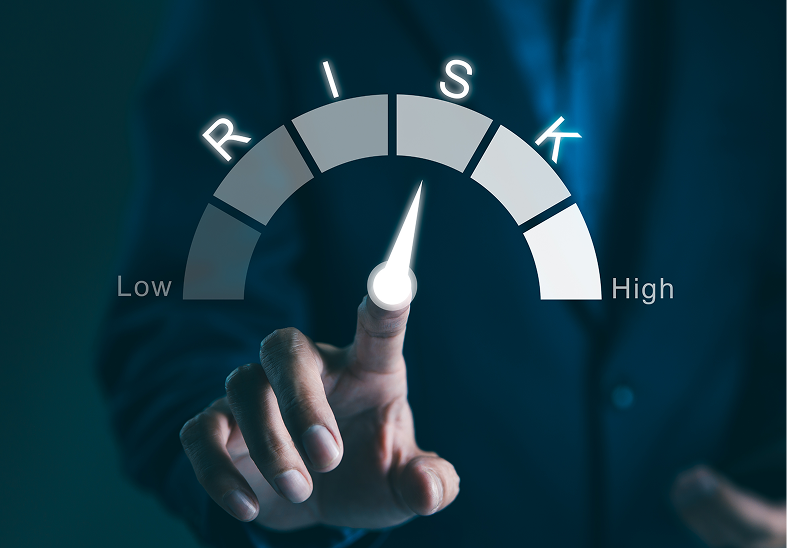
The Importance of Credit Risk Review (CRR)
Just as credit risk management plays a crucial role in maintaining the financial stability and operational integrity of financial institutions, credit risk review (CRR) plays a crucial role in ensuring that credit risk management can identify, mitigate, and monitor risk in a timely and proactive manner. In addition, the Federal Reserve (FRB), the Office of the Comptroller of the Currency (OCC), and the Federal Deposit Insurance Corporation (FDIC) all view the effectiveness of credit risk review as fundamental to preserving the soundness of an institution’s credit portfolio. A proactive and effective credit risk review function serves three key purposes:
1) Timely Credit Risk Identification
Supervisory expectations and guidance emphasize the first and foremost aim of a robust credit risk review process is the early and accurate identification of potential risks at the earliest stage of the credit cycle. This includes assessing individual credit exposures, understanding borrower creditworthiness, and recognizing potential threats such as changes in market conditions, borrower defaults, or adverse economic trends. By conducting regular and systematic reviews of credit portfolios, institutions can detect warning signs and high-risk exposures before they escalate into larger, more disruptive problems. Application of both quantitative and qualitative risk assessment techniques across the entire credit portfolio are require to ensure institutional risk management can promptly respond to emerging threats.
2) Successful Risk Mitigation
Effective credit risk review frameworks play a vital role in developing and implementing strategies to mitigate those risks by analyzing the adequacy and appropriateness of risk mitigation strategies, including Current Expected Credit Losses (CECL), loan loss reserves, collateral management, and the appropriateness of credit limits. These strategies might include facility restructuring, credit policies revisions, or reducing exposure to certain high-risk sectors or borrowers. Effective credit risk review programs allow firms to make better informed decisions regarding credit practice adjustments and portfolio composition, maximizing potential opportunities while minimizing potential losses.
3) Proactive Risk Monitoring
The importance of continuous, proactive risk monitoring cannot be overstated. Credit risk review is not a one-time event but a dynamic process that evolves continuously to assess credit health through economic cycles and across various time horizons. A proactive rather than reactive approach permits institutions to make real-time adjustments based on emerging risks and changing market conditions. Such programs also provide transparency and confidence that established risk appetites and limits are being upheld across the organization.
Contact Kane Garland today to discover how our tailored services can help you enhance your risk management framework, mitigate potential financial risks, and ensure your institution’s continued stability and success.
